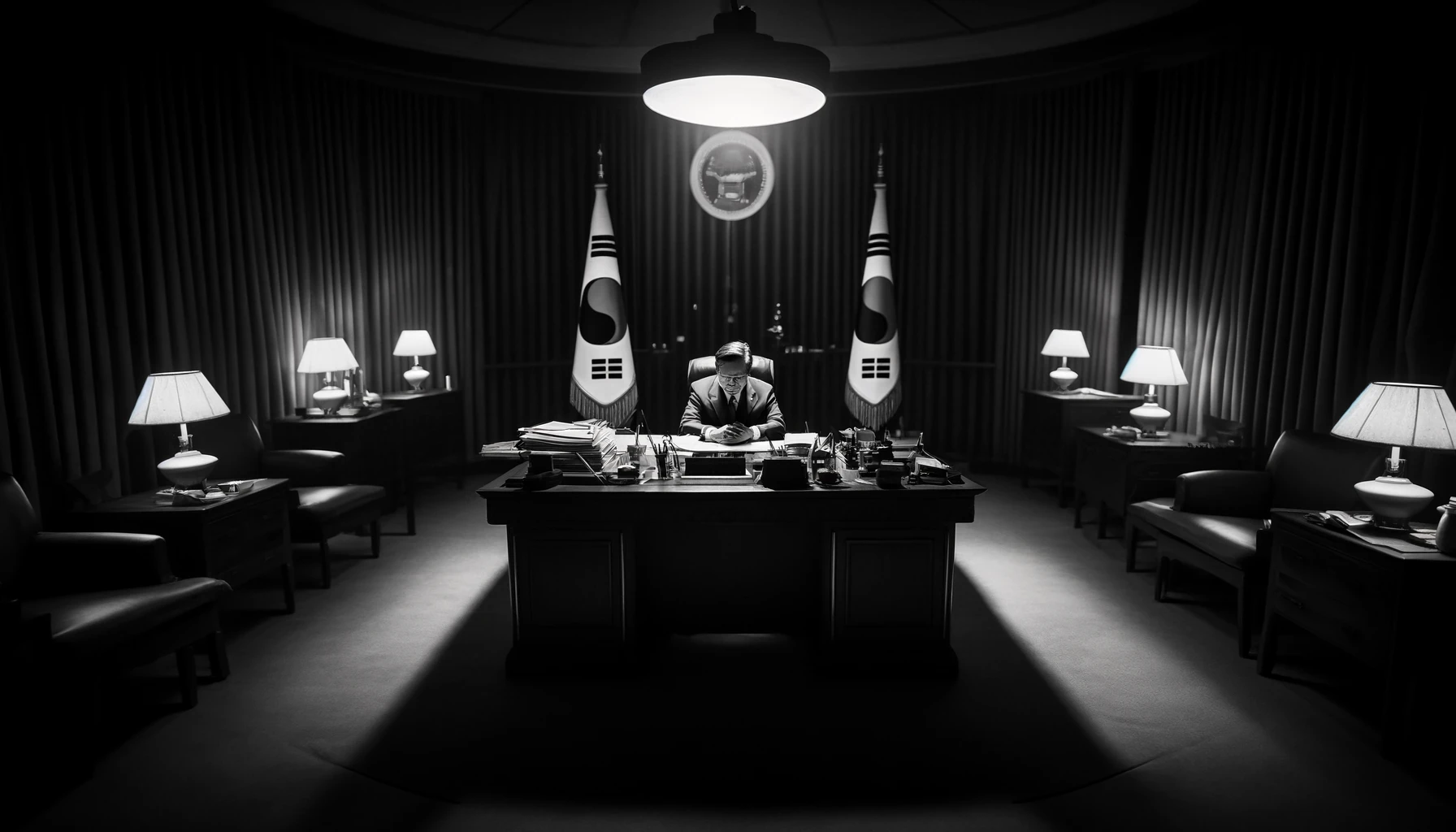During South Korea’s latest parliamentary elections, the liberal Democratic Party achieved a resounding victory, complicating the political landscape for President Yoon Suk Yeol. With three years left in his term, this outcome puts President Yoon in a tough spot.
The Democratic Party, which was already the major party, won 175 out of 300 seats in South Korea’s single-chamber parliament. This left the conservative People Power Party (PPP), the party of President Yoon, with only 108 seats, making it an even smaller minority in the government than before.
The voter turnout was 67%. This is the highest participation rate in 32 years for a parliamentary election in South Korea, as reported by the National Election Commission.
Many are viewing these election results as a direct commentary on President Yoon’s leadership. During most of his two-year term so far, his approval ratings have been below 40%. The public’s dissatisfaction has grown in recent months, fueled by increasing food prices and a prolonged health crisis. For example, in March, the prices of some farm products nearly doubled, and general consumer prices rose by more than 3% compared to the previous year. The country’s major hospitals have been under stress since late February after young doctors quit their jobs in protest against the government’s plans to increase the number of medical students.
Critics of President Yoon and members of the opposition party have also pointed to scandals involving his family and have accused him of limiting freedom of speech.
Responding to the election outcome, President Yoon stated through his chief of staff, Lee Kwan-seop, that he will “humbly accept the will of the people” and make necessary reforms in his administration. High-ranking officials in Yoon’s administration, including the Prime Minister, Han Duck-soo, and Lee, offered to resign to take responsibility for the election results. The interim chief of the PPP, Han Dong-hoon, also resigned, acknowledging the party’s failure to connect with the electorate.
Despite the setback, the PPP avoided a worst-case scenario. The opposition didn’t gain a two-thirds supermajority in parliament, which would have allowed them to bypass the president’s veto power and even impeach him or amend the constitution without his consent.
Nonetheless, President Yoon may find it challenging to push forward with key policies, like medical reform and the dismantling of the gender equality ministry. He is likely to face pressure to work more cooperatively with the Democratic Party and its leader, Lee Jae-myung, whom Yoon narrowly defeated in the 2022 presidential election. So far, Yoon has resisted having direct talks with Lee.
This election outcome could also impact Yoon’s foreign policy efforts, particularly his work to strengthen ties with Japan. A controversial resolution concerning forced labor during Japan’s colonial rule, which played a part in warming relations between the two countries, was unpopular in South Korea. Moving forward, Yoon might find it difficult to continue with such initiatives.
The newly elected parliament is set to begin its four-year term at the end of May, marking a new chapter in South Korea’s political landscape.
This article is based on the following article:
https://www.npr.org/2024/04/11/1244039645/south-korea-opposition-parliamentary-elections

Background Information
Understanding these elements provides a clearer picture of the significance of the parliamentary elections in South Korea and the challenges President Yoon faces moving forward. It illustrates the dynamic and often complex interplay between government policies, political parties, and public sentiment in shaping the country’s future.
South Korea’s Political System
- Democratic System: South Korea is a democratic republic with a system of government divided into three branches: executive, legislative, and judicial. The President is the head of state and has significant executive powers.
- Parliamentary Elections: The legislative branch is represented by a unicameral (single-chamber) National Assembly. Members of this 300-seat body are elected to four-year terms. The elections decide which party holds the majority and thus has significant influence over the country’s laws and policies.
- Role of the President: The President of South Korea is elected directly by the people for a single five-year term. The president’s powers include appointing the prime minister (with parliamentary approval), directing foreign policy, and commanding the armed forces.
The Political Parties
- People Power Party (PPP): This is a conservative party and the party of President Yoon Suk Yeol. Traditionally, it supports free-market policies, a strong stance against North Korea, and closer ties with the United States.
- Democratic Party: A liberal party that has focused on issues like income inequality, gender equality, and a more conciliatory approach to relations with North Korea. It often advocates for increased government intervention in the economy to address social issues.
Recent Political Climate
- Approval Ratings: Public approval is crucial for any government’s ability to implement its agenda. President Yoon’s low approval ratings reflect public dissatisfaction, which can be influenced by various factors, including economic performance, political scandals, and policy decisions.
- Economic Challenges: Like many countries, South Korea has faced economic challenges, such as rising food prices and inflation. These issues affect everyday citizens and can significantly impact their view of the government’s performance.
- Healthcare Crisis: The healthcare system’s strains, especially during crises, can lead to public unrest and dissatisfaction with government responses. The controversy over medical school enrollment is an example of how specific policy proposals can lead to broader unrest.
The Significance of the Election Outcome
The recent election results have several implications:
- Shift in Power: With the Democratic Party winning a majority, there’s a shift in legislative power, which can lead to changes in lawmaking and policy direction.
- Public Sentiment: The election serves as a barometer of public sentiment, reflecting dissatisfaction with the current administration.
- Policy Implications: The results may stall or alter President Yoon’s policy agenda, especially if it requires legislative support to enact changes.
Lame Duck
- Definition: A “lame duck” refers to a politician or government official (often an elected executive or legislative body member) who is still in office but has lost a reelection bid or is not eligible to run again due to term limits. This period is the time between the election and the official transfer of power to their successor.
- Implications: During this phase, the outgoing official’s power and ability to influence policy or pass legislation are generally perceived as diminished. This is because their imminent departure makes it difficult to secure support for initiatives, as political allies and opponents alike turn their focus to the future and the incoming administration.
- Usage: The term is most commonly used in the context of presidents, governors, and members of a legislative assembly. It can apply to any situation where an official’s term is coming to an end, and they are seen as having limited ability to effect substantial policy changes.
- Historical Context: The term originated in the 18th century to describe stockbrokers who could not pay their debts. Over time, its usage expanded to the political arena to describe officials in the twilight of their terms, particularly those who are seen as having a reduced ability to influence government direction.
Please subscribe to Insight Fortnight, our biweekly newsletter!
